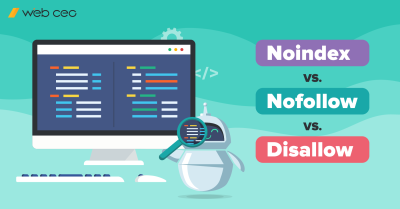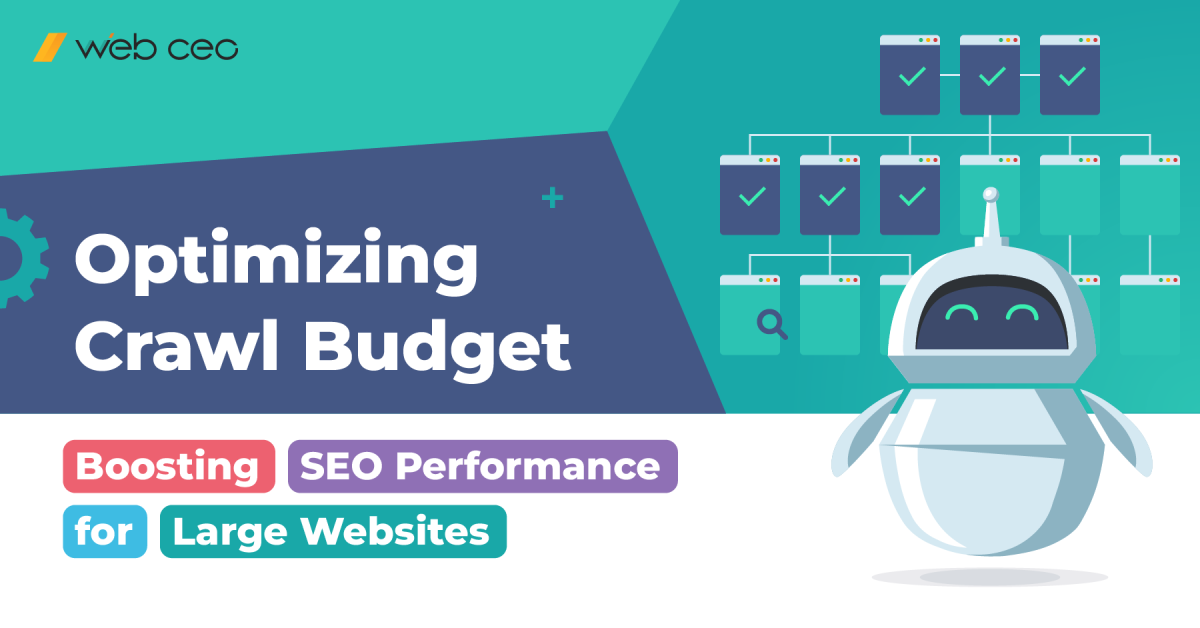
While many SEO strategies focus on keyword optimization and content creation, crawl budget optimization can significantly impact your website’s visibility and rankings. Essentially, it affects how efficiently search engines explore and index your site.
In this article, we’ll dive into the concept of a crawl budget, its importance for large websites, and practical strategies to optimize it effectively. By unraveling the secrets behind efficient crawl budget allocation, we aim to equip you with the knowledge and tools to ensure search engines can explore and index your pages efficiently.
By the end of this article, you’ll clearly understand crawl budget optimization and how it can positively impact your website’s SEO performance and overall visibility in search engine results.
Understanding What A Crawl Budget Is
The crawl budget refers to the speed and volume of pages a search engine intends to crawl on your website. It is influenced by two main factors: the resources the crawler is willing to allocate to your site and the crawling capacity supported by your server.
The allocation of the crawl budget is a balancing act. While increased crawling doesn’t guarantee better rankings, your pages must be crawled and indexed for any chance of ranking. Most sites don’t need to worry about the crawl budget, but it can be significant for large websites with numerous pages (100,000 or more).
Even for smaller websites, there are specific scenarios when understanding and optimizing the crawl budget can substantially affect your website’s performance.
The main factors that influence crawl budget allocation
- Website Popularity and Importance: Search engines allocate a larger crawl budget to popular and authoritative websites. Factors such as high-quality backlinks, user engagement metrics, and overall website reputation can impact how search engines perceive the importance of your site.
- Website Size and Structure: Websites with many pages may have a higher crawl budget than smaller websites. Moreover, having a well-organized site structure with clear internal linking can enhance the crawlability and discoverability of your content.
- Page Freshness and Update Frequency: Search engines prioritize crawling frequently updated pages with fresh content. If your website regularly publishes new content or updates existing pages, search engines will likely allocate a larger crawl budget to keep up with the changes.
- Server Performance and Website Speed: If your server responds slowly or experiences frequent downtime, search engine crawlers may allocate a smaller crawl budget to your site due to the limited resources available.
- Crawl Demand vs. Crawl Rate: If search engines find a high demand for fresh content or updates on your site, they may allocate a larger crawl budget to ensure timely indexing.
Impact of Crawl Budget
Having a larger crawl budget brings several advantages. Firstly, it allows search engines to crawl and index more pages within a given timeframe. This leads to improved visibility for a wider range of content, enhancing the chances of attracting organic traffic from various sources.
Secondly, a larger crawl budget enables search engines to crawl new and updated content more frequently. This is particularly beneficial for websites that publish fresh content or frequently update existing pages. With a larger crawl budget, search engines can quickly discover and index these updates, ensuring that the latest information is reflected in search results.
Furthermore, a larger crawl budget can lead to faster indexing of new pages. When search engines can crawl a website more efficiently, they can quickly identify and index new pages, allowing them to appear in search results sooner. This is especially advantageous for time-sensitive content or websites that regularly add new pages.
Overall, for websites with a vast number of pages, optimizing the crawl budget becomes essential for maximizing visibility, ensuring timely indexing, and staying ahead in the competitive digital landscape.
Now that we understand the impact and importance of a crawl budget, let’s explore practical strategies for optimizing a crawl budget effectively.
Crawl Budget Optimization
Optimize the robots.txt to Prioritize Important Pages
One of the initial steps in crawl budget optimization is to manage your robots.txt file effectively. By allowing or blocking the crawling of specific pages, you can prioritize the crawling of your most important content.
You can accomplish this manually or by utilizing various online tools, such as Robots.txt Tester in Google Search Console, which allow you to generate and customize your robots.txt file.
In my experience, utilizing a tool for assistance is the most convenient option for frequent calibrations on a large website, even though it is possible to do it manually.
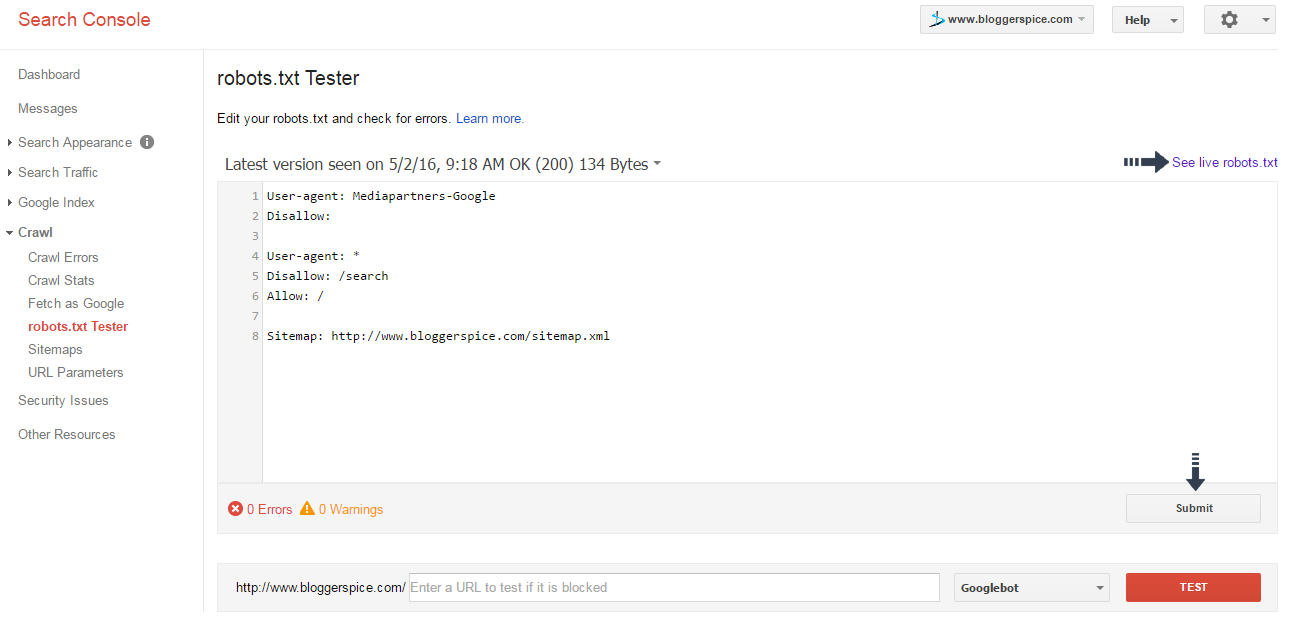
Minimize Redirect Chains
Redirect chains can negatively impact your crawl limit and hinder search engine crawlers from reaching the desired indexed page. While eliminating all redirect chains is challenging for large websites, it’s crucial to minimize them.
You can detect redirect chains with WebCEO’s Technical Audit Tool for free. Just add your project, and it will be automatically scanned. Afterward, move to the Site Health menu and check if your site has any redirect chains.
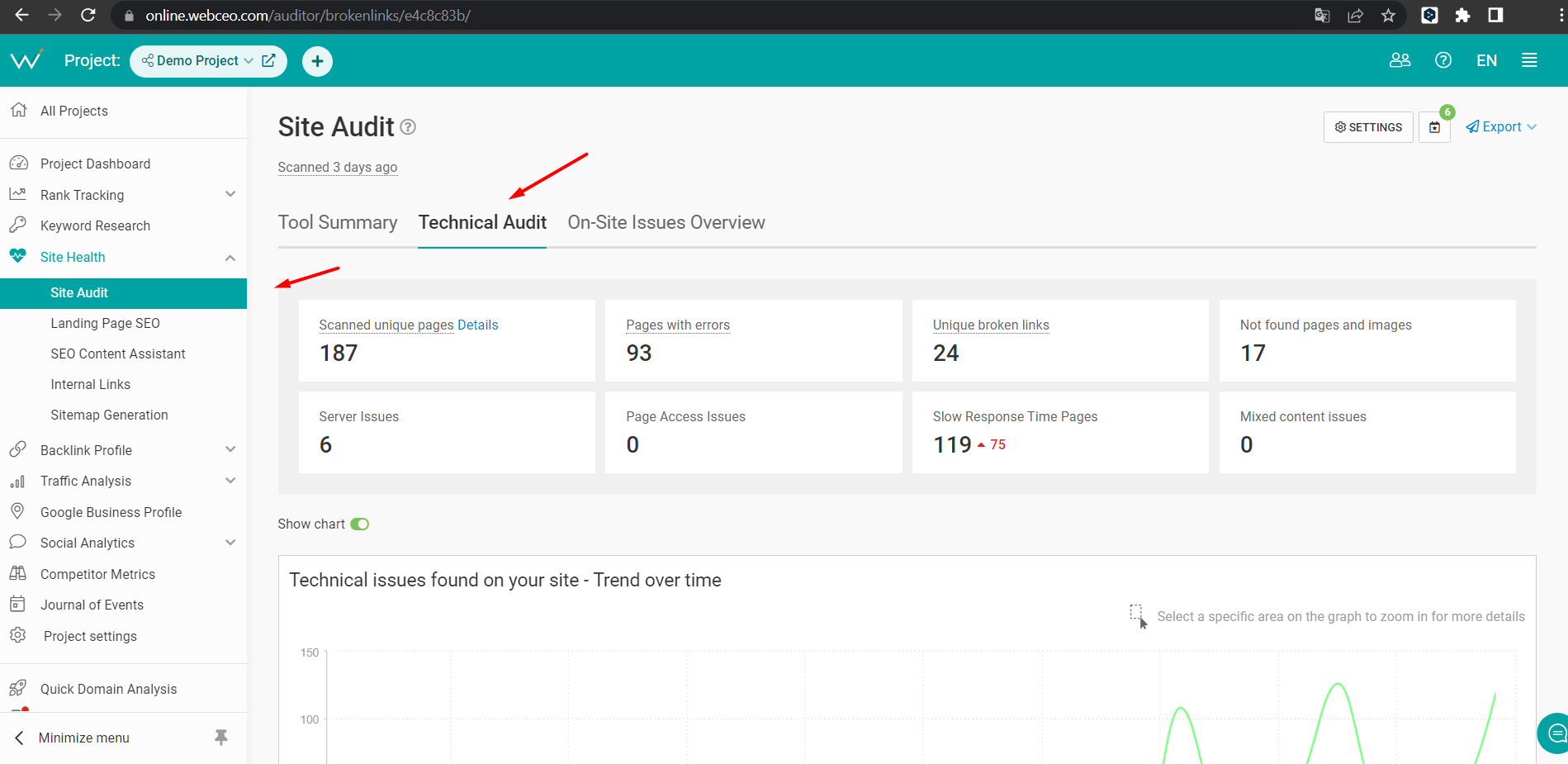
Emphasize HTML for Crawling
Although Google’s crawler has improved its ability to crawl JavaScript, Flash, and XML, other search engines may be less advanced. To ensure compatibility across all crawlers, it is recommended to utilize HTML primarily.
By prioritizing HTML, you enhance the chances of search engines effectively crawling and indexing your content.
Resolve HTTP Errors Promptly
HTTP errors, such as 404 and 410 pages, consume your crawl budget and harm the user experience. To mitigate these issues, diligently fix all 4xx and 5xx status codes. Performing a comprehensive website audit using tools like the WebCEO Site Audit can help identify and address these errors efficiently.
Manage URL Parameters
You must know crawlers understand separate URLs as different pages, which can waste a valuable crawl budget. It is advisable to inform search engines about URL parameters, preventing concerns about duplicate content and preserving the crawl budget. Adding them to your Google Search Console account ensures proper handling of these parameters.
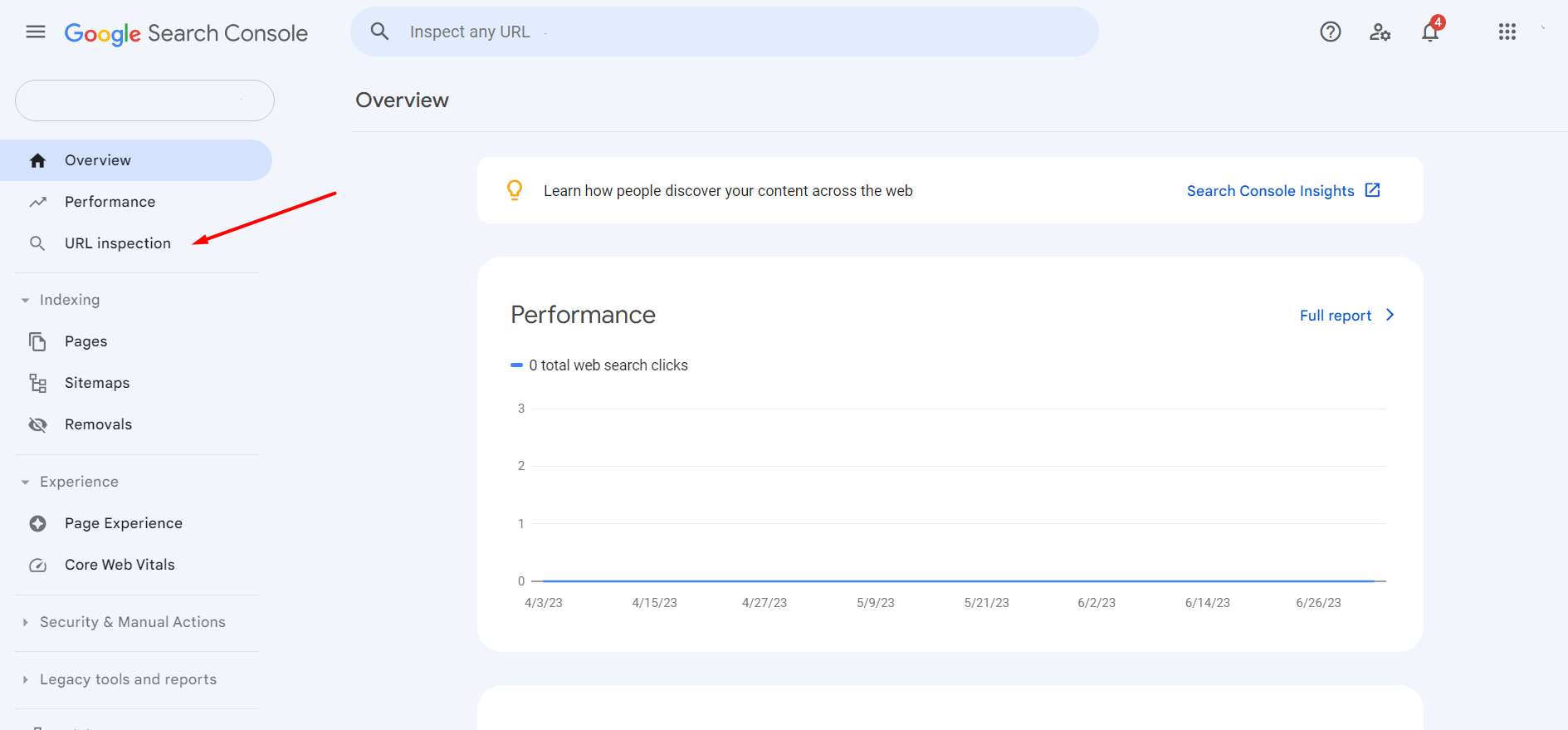
Keep Sitemaps Updated
A well-structured sitemap aids search engine bots in understanding the internal link structure of your website. Include only canonical URLs in your sitemap and ensure it corresponds to the most recent version of your robots.txt file.
Implement hreflang Tags for Localization
To enable crawlers to analyze localized pages, hreflang tags play a vital role. Clearly indicate to search engines the localized versions of your web pages using the <link rel= “alternate” hreflang= “lang_code” href= “url_of_page”/> element in the page’s header. Replace “lang_code” with the appropriate language code and use the <loc> element to specify the URL of the corresponding localized version. This helps search engines accurately identify and index your localized content.
Optimize server and website performance
Ensure that your server and website are optimized for faster loading times. A slow-loading website can negatively impact crawl efficiency and user experience. Implement techniques such as caching, compression, and image optimization to improve website speed.
Regularly monitor and analyze server logs
Monitoring and analyzing server logs can provide valuable insights into how search engine crawlers interact with your website. Look for crawl-related issues, such as frequent crawl errors or excessive requests to non-essential pages. Addressing these issues can help improve crawl efficiency.
Remember that server logs can be extensive and require some level of technical expertise to interpret. If you’re not familiar with server logs or feel unsure about analyzing them, it’s recommended to consult with a web developer or an experienced professional who can assist you in understanding and addressing any crawl-related issues.
Reduce duplicate or low-value content
Duplicate or low-value content can waste the crawl budget by diluting the importance of your important pages. Identify and consolidate duplicate content through techniques like canonicalization or redirects. Additionally, review your content to ensure it provides unique value and relevance to users and search engines.
Prioritize important pages for crawling
Large websites with numerous pages may need more crawl resources. It’s essential to prioritize crawling your most important pages, such as high-traffic landing pages or pages with critical information. Ensure these pages are easily accessible, well-structured, and linked prominently within your website.
Optimize the internal linking structure
A well-optimized internal linking structure helps search engine crawlers discover and navigate your website efficiently. Ensure important pages have appropriate internal links from relevant and authoritative pages. Use descriptive anchor texts that include relevant keywords to help search engines understand the content and context of linked pages.
How Crawl Budget Optimization Boosts SEO Performance and User Visibility?
If you use effective crawl budget optimization strategies, your website will likely be explored, indexed, and ranked by search engines.
By prioritizing important pages for crawling, optimizing the internal linking structure, and reducing duplicate or low-value content, you ensure that search engines focus their crawling efforts on the most valuable and relevant parts of your website.
A well-optimized crawl budget also positively impacts user experience. With faster loading times and improved server performance, users can access your website’s content swiftly and seamlessly. This leads to a positive user experience, reduced bounce rates, and increased engagement.
By regularly monitoring and analyzing server logs, you can identify and address crawl-related issues that might hinder the accessibility and usability of your website. Providing a smooth and efficient user experience increases the chances of visitors staying on your site, exploring more pages, and taking desired actions, ultimately improving conversion rates.
These things are obvious, but many sites still suffer from poor crawl budget optimization, mistakenly missing the importance of these simple steps.
CONCLUSION
Optimizing the crawl budget is extremely important for large websites. By understanding and implementing effective crawl budget optimization strategies, website owners can unlock their site’s true potential and enhance their SEO performance.
To enhance your website’s search engine visibility, attract organic traffic, and improve user experience, you should strategically allocate crawl resources, prioritize important pages, minimize redirect chains, and optimize server and website performance.
Additionally, managing URL parameters, updating sitemaps, and implementing hreflang tags for localization further contribute to maximizing crawl budget efficiency.
By optimizing the crawl budget, large websites can stay ahead of the competition and ensure their valuable pages receive the attention they deserve.
Start implementing these strategies today and witness the transformative impact on your website’s crawl efficiency and overall visibility in search engine results.


